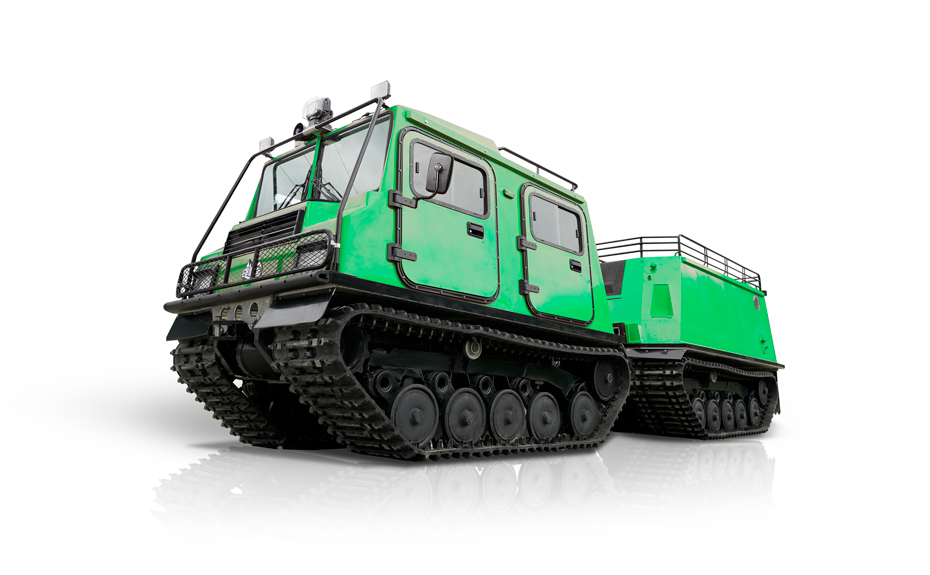
Transport Vehicles Advance with New Technologies
The global landscape of mobility and logistics is undergoing substantial transformation as modern transport vehicles incorporate increasingly sophisticated technologies. These developments are reshaping how goods and people move through various environments, with implications for efficiency, safety, and environmental impact. The evolution of transport vehicles reflects broader societal shifts toward interconnected systems and sustainable operations across urban and regional networks.
Contemporary design principles for transport vehicles increasingly prioritize versatility and adaptability to multiple operational requirements. Engineers developing new generations of transport vehicles must balance payload capacity with energy efficiency, while ensuring compliance with evolving regulatory standards. The structural integrity of transport vehicles remains paramount, with advanced materials and construction techniques enabling lighter yet more durable frames and chassis. These improvements in the fundamental design of transport vehicles contribute to enhanced performance characteristics and extended service life across diverse operating conditions.
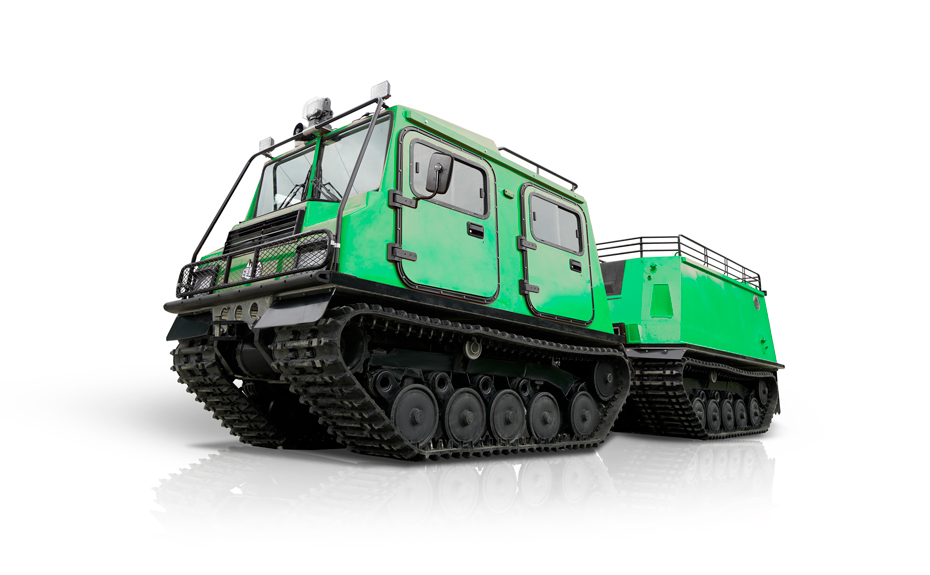
Power system innovations represent a particularly dynamic area of development for transport vehicles. Alternative energy sources are becoming increasingly integrated into various categories of transport vehicles, with electrical powertrains gaining significant traction in both personal and commercial segments. The energy management systems in modern transport vehicles employ sophisticated electronic controls to optimize consumption based on load, terrain, and operational patterns. These advancements in propulsion technology for transport vehicles are accompanied by corresponding developments in energy storage and distribution infrastructure.
The operational ecosystem surrounding transport vehicles continues to evolve through digital integration. Fleet management systems now utilize extensive data collection from sensors embedded in transport vehicles to monitor performance metrics and maintenance needs. Connectivity features in contemporary transport vehicles enable real-time communication with logistics networks, traffic management systems, and service facilities. This digital dimension transforms transport vehicles from isolated mechanical assets into interconnected nodes within broader mobility networks, enhancing coordination and operational visibility.
Safety systems in transport vehicles have progressed beyond conventional mechanical safeguards to incorporate predictive technologies. Collision avoidance systems in modern transport vehicles utilize sensor arrays and processing algorithms to identify potential hazards and initiate preventive measures. Stability control technologies in transport vehicles continuously monitor operating parameters and automatically adjust systems to maintain ideal handling characteristics. These integrated safety features in transport vehicles work collectively to protect occupants, cargo, and other road users while supporting operator effectiveness.
The role of transport vehicles in supply chain operations continues to expand in scope and sophistication. Logistics providers coordinate diverse fleets of transport vehicles through centralized management platforms that optimize routing and utilization. The interoperability between different categories of transport vehicles enables seamless transitions between transportation modes throughout distribution networks. This integrated approach to deploying transport vehicles enhances the resilience and responsiveness of supply chains facing variable demand patterns and operational challenges.
Future development pathways for transport vehicles appear likely to emphasize greater automation and energy diversity. Research initiatives exploring next-generation transport vehicles are examining autonomous operation capabilities across various applications and environments. The continuing integration of renewable energy sources into transport vehicles represents another significant direction for ongoing innovation. These converging trends suggest that transport vehicles will continue to evolve as increasingly sophisticated elements within broader transportation and logistics ecosystems, adapting to meet changing mobility requirements while addressing environmental considerations.

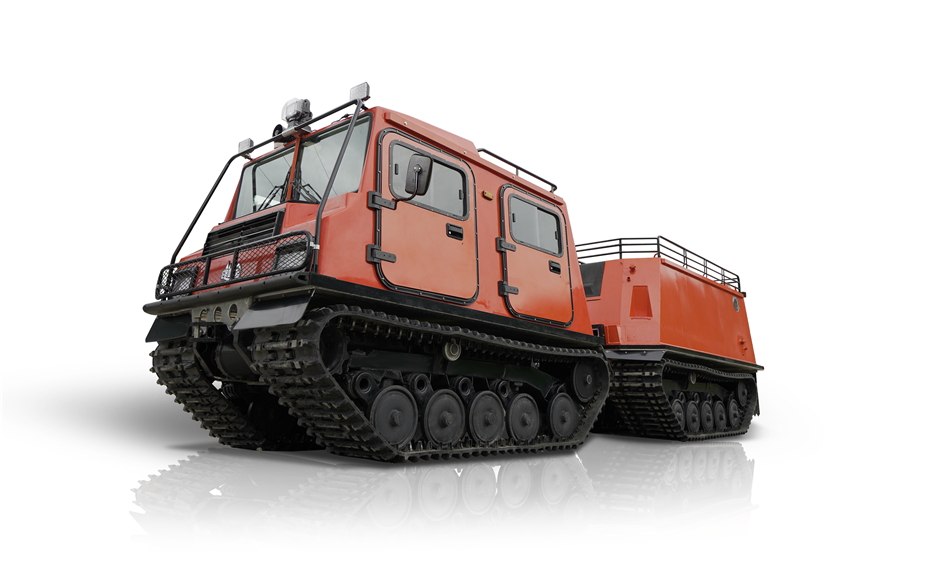

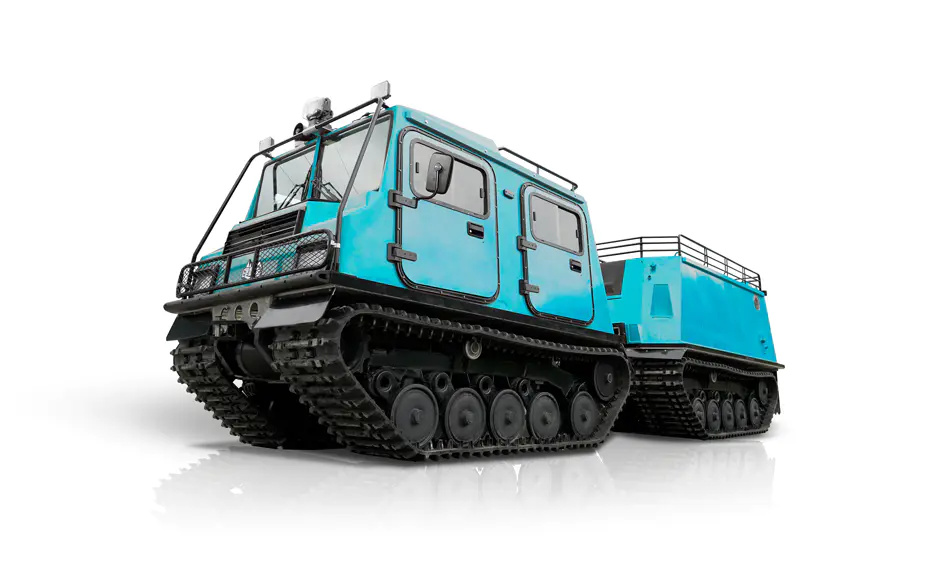
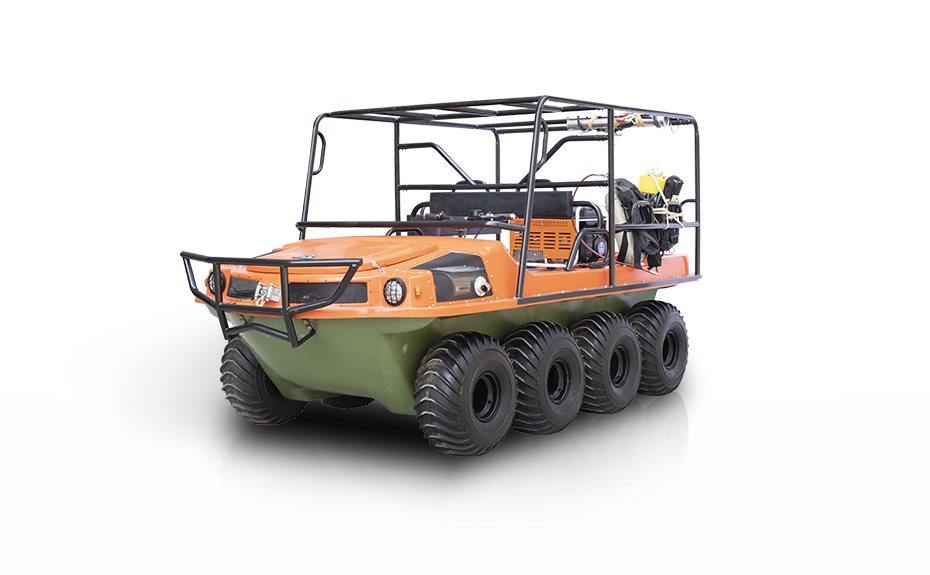

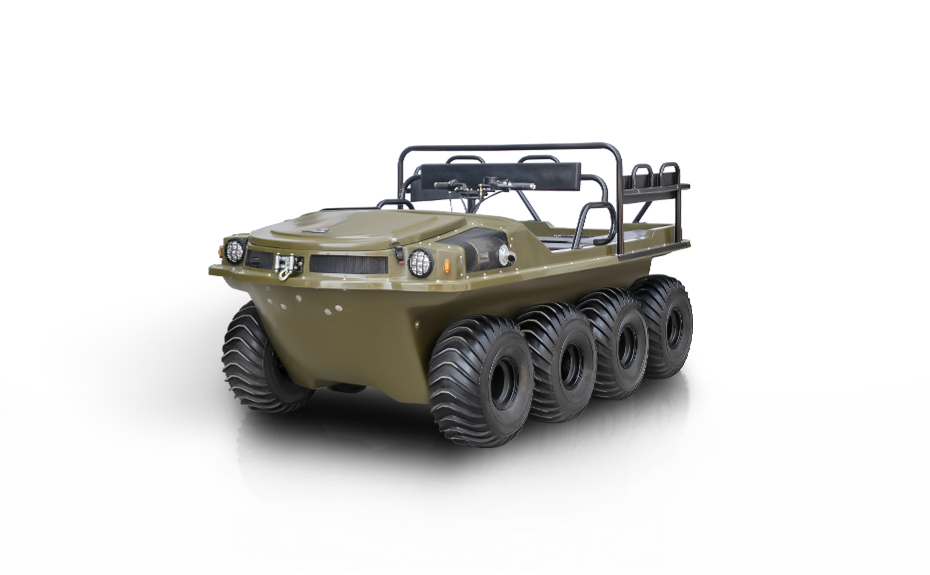





 浙ICP备2022029871号
浙ICP备2022029871号